The Afghan Hound, with its regal appearance and flowing mane, stands as a testament to the elegance and grace of the dog world. Known for …
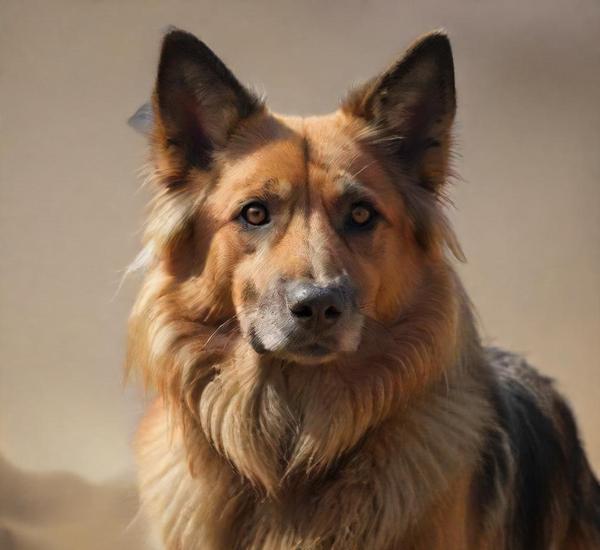
Happy Paws: All About Dogs

The Afghan Hound, with its regal appearance and flowing mane, stands as a testament to the elegance and grace of the dog world. Known for …
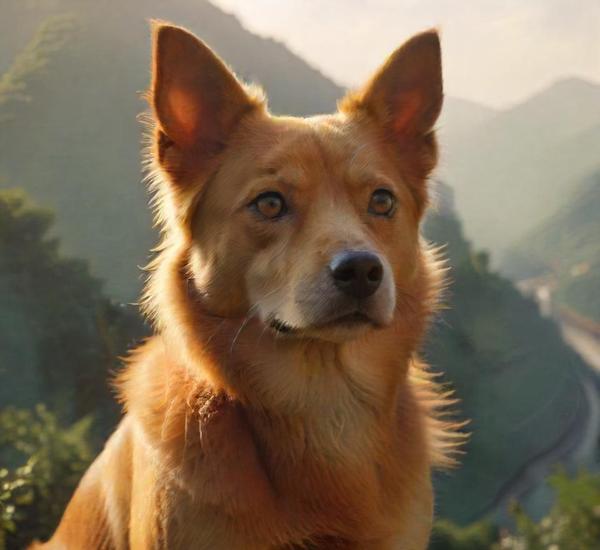
Nestled in the heart of China, Chongqing is a city renowned for its rich history, vibrant culture, and distinctive culinary scene. Among its unique cultural …
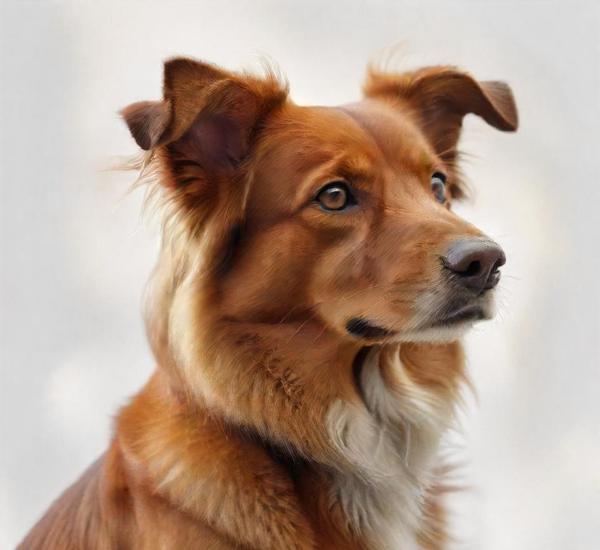
The Dikkulak dog breed, often celebrated for its intelligence and versatility, has garnered significant attention among dog enthusiasts and breeders alike. Originating from a unique …
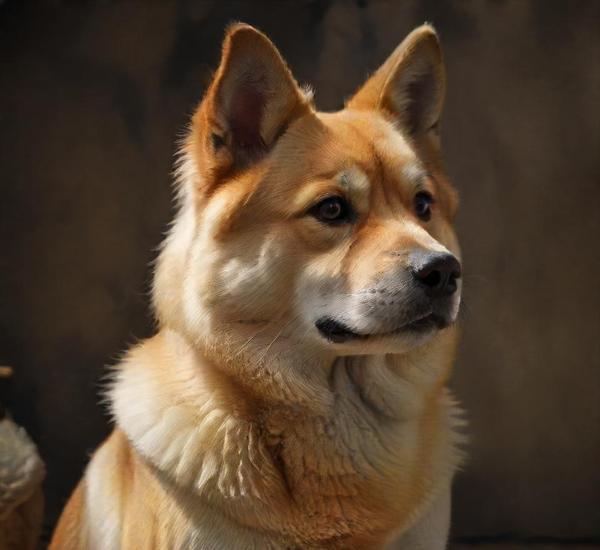
The Shikoku dog breed, often celebrated as Japan’s hidden gem, is a remarkable testament to the island’s rich canine heritage. Originating from Shikoku Island, this …
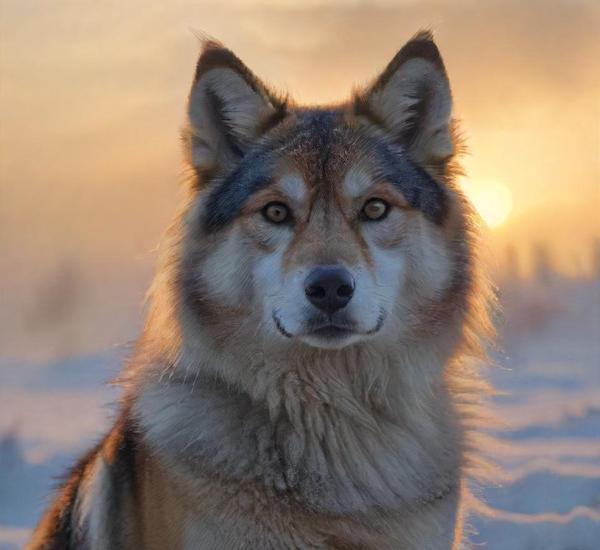
The East Siberian Laika, a captivating and resilient breed, is a testament to the deep bond between dogs and the harsh environments they’ve adapted to. …
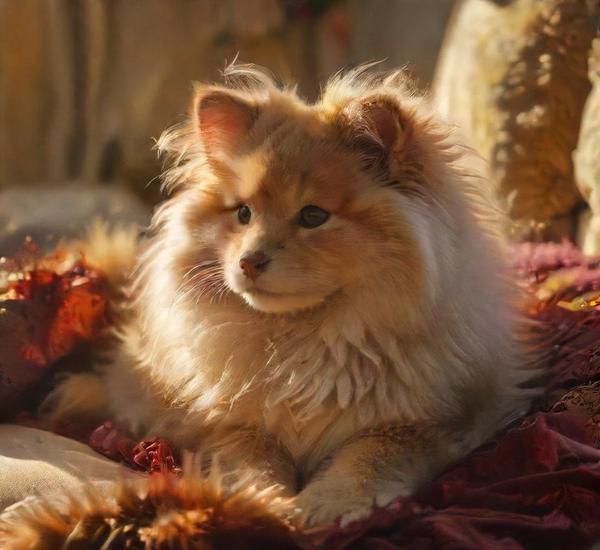
The Shih Tzu, a charming and affectionate toy breed, has captured the hearts of dog lovers around the globe with its distinctive appearance and endearing …
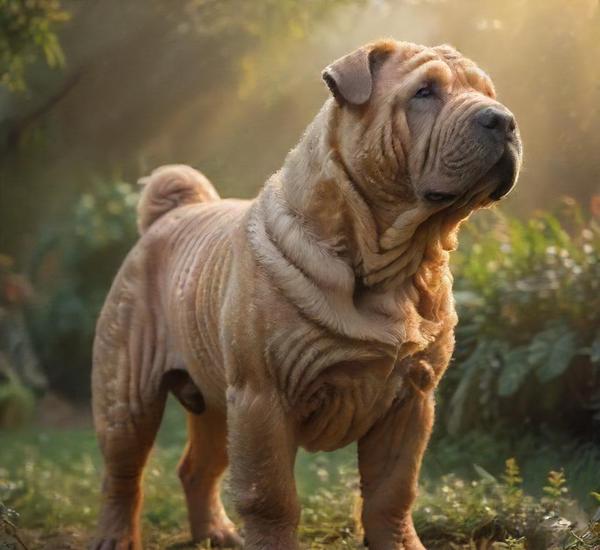
The Shar Pei, often celebrated for its unique and distinctive appearance, is a breed that captures the imagination with its deeply wrinkled skin and iconic …
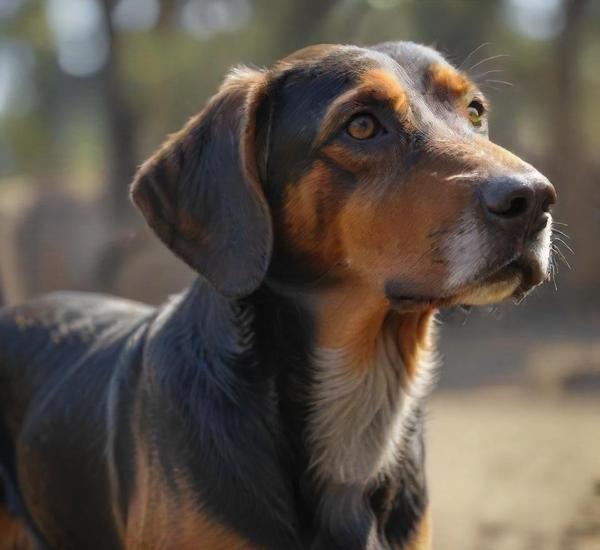
The Banjara Hound, a rare and enigmatic breed, stands as a testament to the rich tapestry of India’s canine heritage. Originally bred by the nomadic …

The Taigan dog breed, often hailed as the pride of Kyrgyzstan, is a living testament to the rich cultural heritage of Central Asia. Known for …
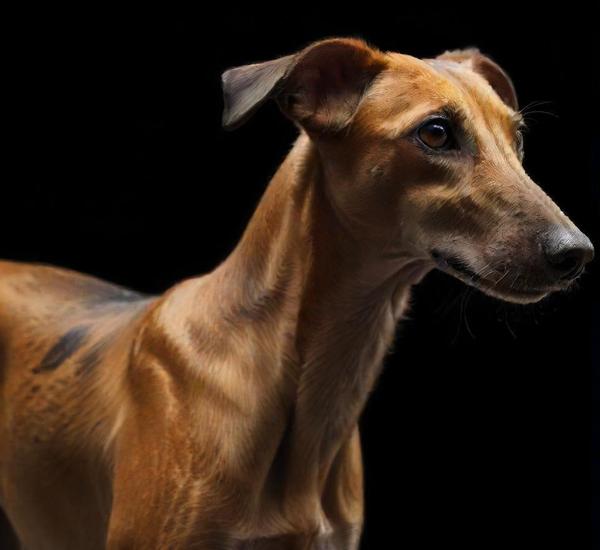
The Chippiparai, a sleek and elegant breed native to southern India, embodies the perfect blend of grace and agility. Recognized for its remarkable hunting prowess, …